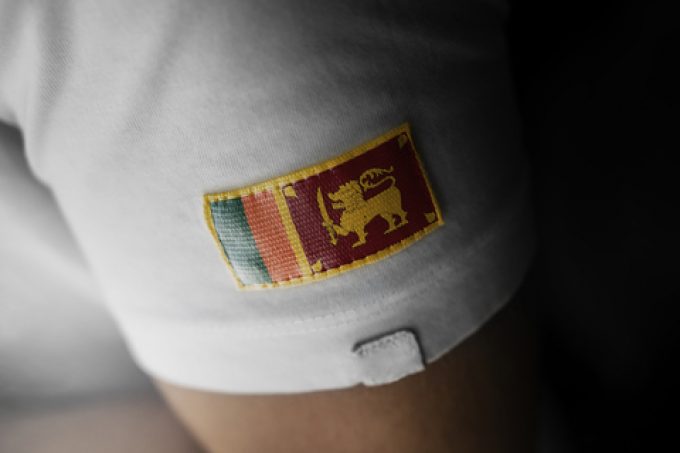India takes RMG market share from strife-ridden Bangladesh
Indian apparel industry stakeholders appear to have tasted some early incremental gains from the turmoil ...

Sri Lankan garment manufacturers are eyeing an export rebound, avoiding a substantive recession, with the west sourcing new brands.
Apparel volumes out of the South Asian island declined dramatically in the fourth quarter of 2022, as economic collapse in Europe and the US exposed Sri Lanka’s reliance on big name brands to keep the industry moving.
“Europe and the US have always had the largest market share, and our fortunes are absolutely tied to them,” Sean Van Dort, of the Sri Lanka ...
'Disastrous' DSV-Schenker merger would 'disrupt European haulage market'
New senior management for DSV as it readies for DB Schenker takeover
Volumes set to 'fall off a cliff' as US firms hit the brakes on sourcing and bookings
Asian exporters scramble for ships and boxes to beat 90-day tariff pause
Amazon pushes into LTL for small package fulfilment and UPS does a u-turn
Temporary tariff relief brings on early transpacific peak season
Pre-tariff rush of goods from US to China sees air rates soar, but not for long
Forwarders 'allowing the fox into the chicken run' by supporting 'hungry' carriers

Comment on this article